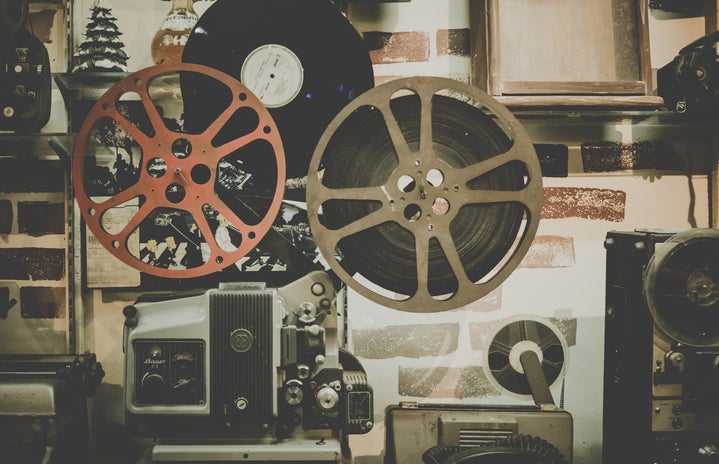Many people think that the horror movie genre only consists of overdone clichés, cheesy jump scares, and lacking plot lines. While all these aspects are present in a majority of horror films, there is so much more within this genre. A rising theme in many modern horror films is race and how it has been perceived throughout history. More specifically, the role of African Americans has been widely talked about, as it has evolved deeply throughout this genre. From once being a point of ridicule and now being protagonists, modern horror movies comment on the marginalization of African Americans as well as the racist ideology in America that still exists today.
In order to fully understand modern black horror movies, we need to look to the past of this genre. In her article “We’re in a golden age of black horror films,” Robin R. Means Coleman comments that black actors have always had a place in horror films, but not in the same emphasis that white people have. In very early horror films, white people would appear in blackface, showing that they believed black people to be a point of ridicule. While horror films have thankfully moved away from this blatantly racist act, horror in the late 20th century continued to play into harmful stereotypes. One of the harmful ways black characters have been consistently used in horror movies is with the “first to die” trope: killing off the black character first. When horror movies were not doing this, they still found a way to kill off black characters in the end. In an article on The Eagle by Burk Krohe, the movie “Night of the Living Dead” is discussed. In this 1968 zombie movie, a black protagonist makes it to the end of the movie, just to be killed off at the very end in an unfortunate mistake. Krohe highlights the importance of the lens of the audience. The director of the film acknowledged that he had written the plot before the black actor was cast, but this becomes irrelevant when looking through the lens of a black audience member. Other harmful stereotypes included using the black characters for comic relief–just as someone who could be laughed at. But, as time progressed, black filmmakers started to come into the spotlight and paint black characters in a new light.
What sets modern horror apart from past ones is the focus on black people’s lives, culture, and struggles, rather than simply including them. This is why I love Jordan Peele. Not only are his movies incredibly entertaining, but they make social commentary on past and current racial tensions, ushering us into a new era of horror. Some of his movies such as “Get Out,” “Us,” and “Candyman (2021)” aim to highlight the black experience in America, equating it on the same level as a horror movie. One of my favorite examples of this is the use of the Sunken Place in “Get Out.” The Sunken Place is a place where one can look out onto the surrounding world but is unable to participate in it, illustrating the ongoing struggle that black people face in America today. Another key moment in this movie is the white character’s agenda, which includes objectifying black people and using microaggressions towards their community. At one point, one white character remarks that “black is in fashion,” exemplifying racist ideologies and deep-rooted issues in our current notions of race. This, along with Peele’s other movies, proves that we may not be as far along as we think when it comes to racism in America.
But Jordan Peele is not the first black director to make these strides. Other black horror filmmakers include William Crain and Bill Gunn producing films such as “Blacula” and “Ganja and Hess,” which are two 1970s blaxploitation films. While these films make crucial commentary on race, Peele is one of the most famous modern directors to critique American tensions today through his films. This includes Peele’s newest upcoming movie, “Nope.”
Current black filmmakers are working to transform this genre into one that not only includes black leads but emphasizes the racist past of America that still lingers today. From going to side characters at points of stereotypical ridicule to full participants, these black filmmakers are moving into a new era of horror. To dive into this subject further, check out “Horror Noire: A History of Black Horror,” a 2019 documentary on this subject, and other black horror films.

